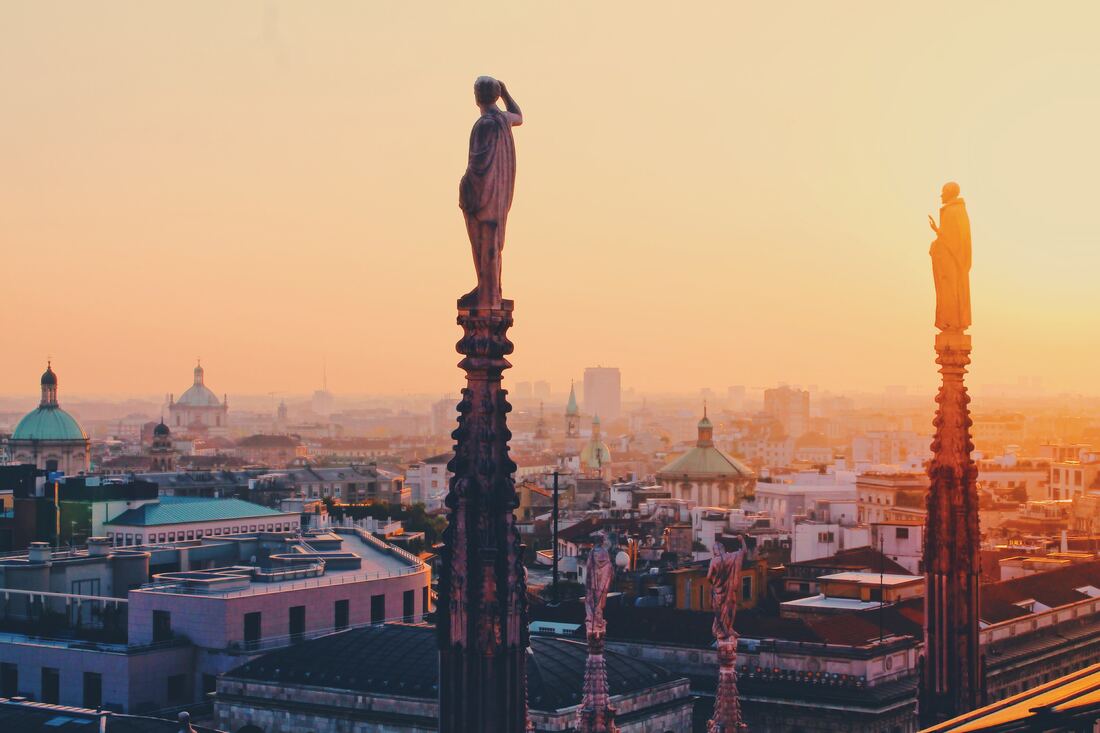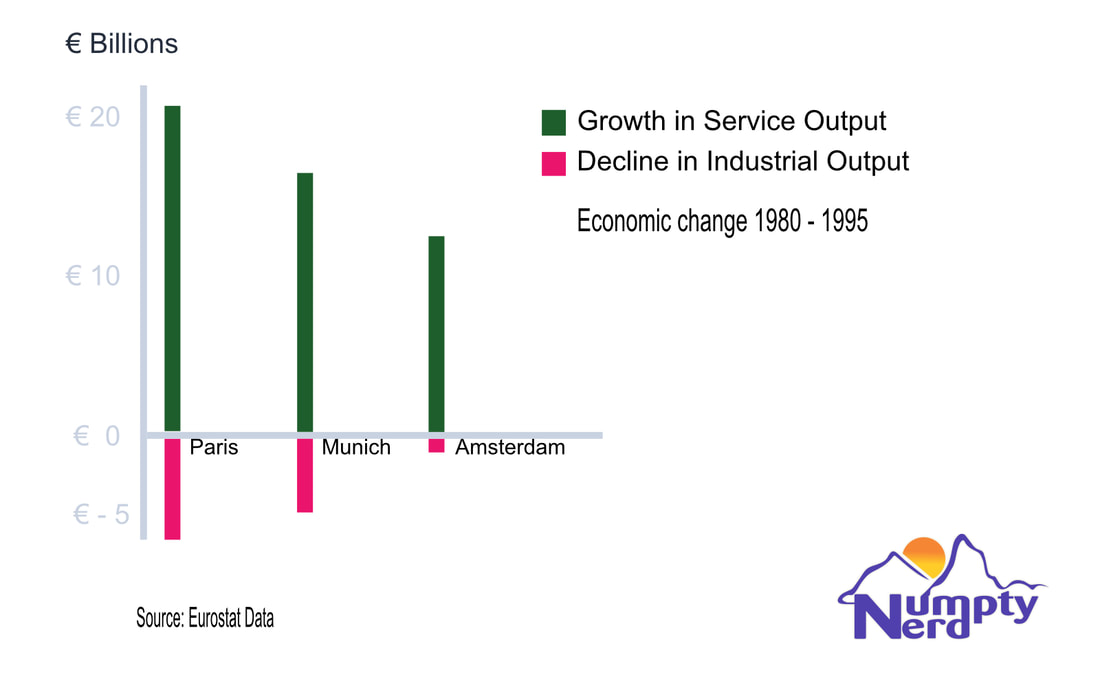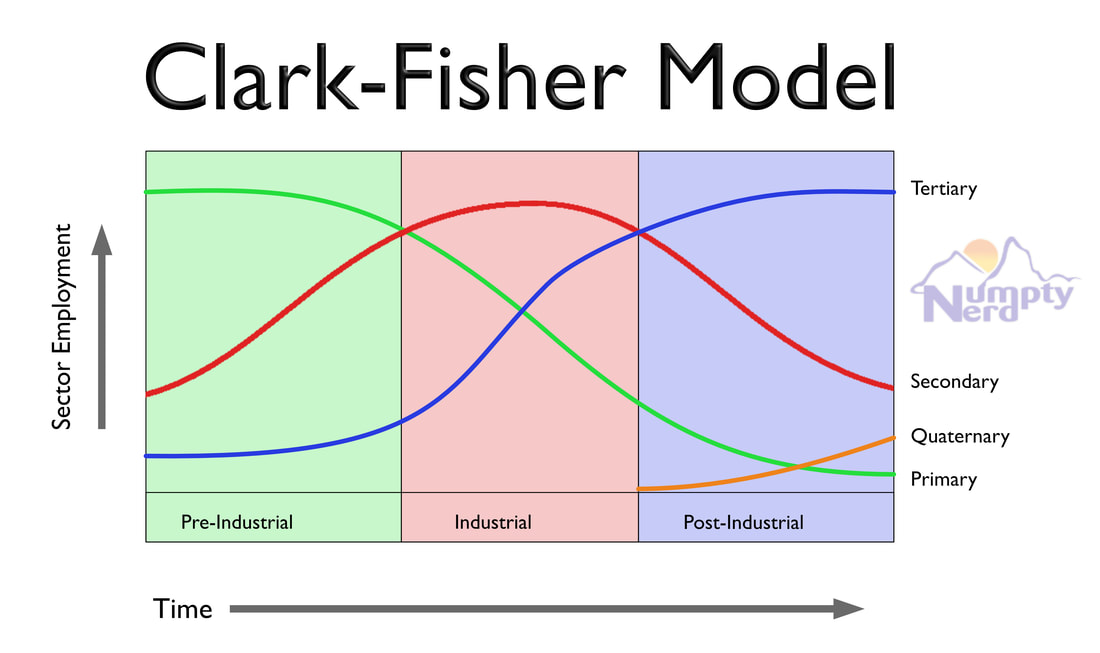Milan: The Rise of a European Superstar
Geographers in Europe are talking about superstar cities. These are immensely powerful places that have been dubbed the happy face of globalisation. However, behind the smiles and the happy face is a story of winners who create losers.
Milan claims to be Italy’s richest city. Milan is a superstar that's become Italy’s leading post-industrial city. It is a magnet that has attracted young and talented people, not only from Italy but from across Europe and beyond. This has created a new Milan which is the epitome of “happy globalisation” that is no longer functioning like a traditional Italian city. The new citizens of Milan are likely to be global, open, liberal and tolerant. Milan’s burgeoning LGBT communities flourish in Porta Venezia.
Milan has become an economic giant that has grown its economy by nearly 20 percent in the past 15 years. Rome struggles to keep up. Milan has also become a target for foreign investment with billions of euro being poured into infrastructure projects and glamorous service industries. Milan has successfully branded itself as the city of Leonardo da Vinci and has recently seen tourism increase by 50 percent. Milan’s superstar status is based on innovative companies that deal in technology, finance and research. This is a place that capitalises on Italy’s reputation as a place for food, music, art, design and cutting edge fashion.
While Milan celebrates as the happy face of globalisation, the rest of Italy looks on with concern. Some Italians complain that Milan has become a global city that is no longer Italian. Surrounding towns have ageing populations and are suffering from being ignored by politicians and investment bankers. In some Italian towns, industrial ruins remain from more glorious times when Italy prospered from manufacturing industry.
While Milan celebrates as the happy face of globalisation, the rest of Italy looks on with concern. Some Italians complain that Milan has become a global city that is no longer Italian. Surrounding towns have ageing populations and are suffering from being ignored by politicians and investment bankers. In some Italian towns, industrial ruins remain from more glorious times when Italy prospered from manufacturing industry.
|
Successful European cities, like Milan, are flourishing while nearby towns have fallen behind. Small-town Europe struggles to cope with a collapse in manufacturing jobs, while post-industrial cities soar. That's according to researchers based in Brussels who have identified major demographic and economic shifts that are taking place across Europe.
Post-industrial cities, such as Milan, Paris or Amsterdam are thriving because of highly profitable service industries. For example, Germany’s industrial towns, in places such as the Ruhr, fell into decline before the end of the last century, but today we see German cities such as Munich thriving due to an expansion in the service sector of the economy. Wealthy European cities are magnets for the young and talented. The draw of the post-industrial city is causing a brain-drain in more mundane towns across the EU. Whilst prosperous cities attract the young and highly qualified, Europe's backwaters are grappling with the cost of an ageing population. In some cases, this population shift is causing stagnation and a loss of community. This has caused tensions within countries where politicians are seen to favour further investment in successful post-industrial cities, often at the perceived expense of towns that are badly in need of investment. |
Structural economic changes in Europe have led to regional divergence – with profitable companies and highly skilled people clustering together in powerful cities such as Milan or Munich, leaving less successful areas behind.
|
French Geographers, Christophe Guilluy and Guillaume Faburel, have described these post-industrial “superstar” cities as the “shop window of happy globalisation”. Superstar cities, are home to an inner-city elite, serviced by low-paid workers, living on the peripheries of the city. “The traditional working classes no longer live where the good jobs and wealth are created,” says Guilluy.
Today being the mayor of a superstar city has become an increasingly powerful job. Across Europe, cities rival their own countries as centres of power and influence.
Today being the mayor of a superstar city has become an increasingly powerful job. Across Europe, cities rival their own countries as centres of power and influence.
Milan and the Clark-Fisher Model
|
Milan's transition to post-industrial superstar city should be seen in the context of the Clark-Fisher model of economic development.
Geographer's have tended to apply the model to whole countries but the model can be used to provide a broader context for the economic changes that have driven development in European cities, such as Milan. Milan has been driven by the growth of high quality tertiary employment together with a burgeoning quaternary sector that sees more people employed in the knowledge economy. Research and development are now big features in the cities economy. In contrast, less successful towns have seen far fewer quaternary jobs and a reliance on low-paid tertiary employment that rarely compensates for the decline in manufacturing industry. |
The Clark-Fisher Model is also known as the Three-Sector Model. The model was developed by Prof. Clark in 1940. |



